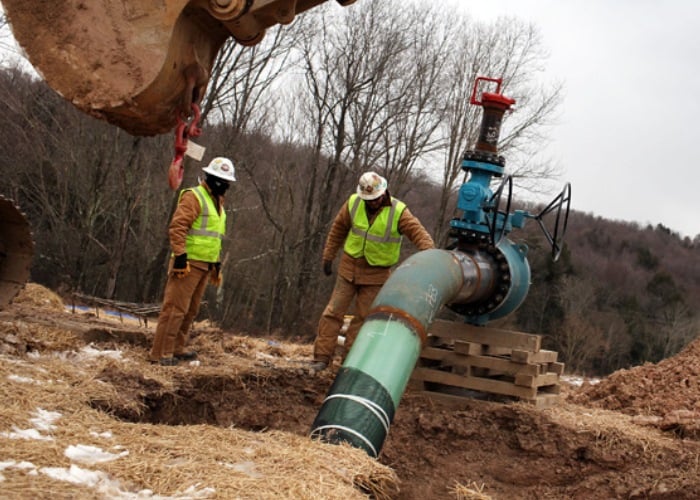※✥※∴※∴※✥※∴※∴※✥※∴※※✥※∴※∴※✥※∴※∴※✥※∴※※✥※∴※∴※✥※

Water Pollution
One of the main concerns of implementing fracking in Colombia is water consumption and contamination. The amount of water required to develop a non-conventional hydrocarbon well by fracking ranges from 2.5 to 7.5 million liters.
In simple terms, it takes approximately the water of half an Olympic size swimming pool to frack a well.
This can be a very sensitive issue in areas where water resources are limited and is the main reason for vetoing this technique in specific areas, despite the fact that approximately 60% of the water used in hydraulic fracturing returns to the surface and can be recycled for use in fracking another well.
On the other hand, the additives are chemicals that generate a high viscosity in the fracturing fluid in order to transport the proppant.

The Potential in the Country
In the last 10 years, Ecopetrol has transferred $195 billion to the Nation in royalties, taxes and dividends but its current hydrocarbon reserves are not enough for more than 6 years.
Although the easiest and least risky answer is to say no to fracking in Colombia, the benefits that fracking can bring in terms of employment, development of our regions, increased competitiveness of our country, free education, health plans, and social plans, in addition to energy security, self-sustainability, increased national and domestic investment, among other general benefits that would be given to the populations directly and indirectly located in areas of exploration and exploitation of unconventional hydrocarbons, must be considered.
To give just one example, Ecopetrol has estimated that the contributions in taxes, royalties and dividends from these developments could be between 500 and 3,000 million dollars per year for the next 25 years.
We should not be fooled by ill-informed or populist people, the decision of the present and the future of Colombia's mining-energy industry is in our hands.
According to Arthur Little (2017), in Colombia the La Luna geological formation may have a reserve potential of more than 5 billion barrels of oil equivalent (BOE), corresponding to more than three times the country's current reserves of 1665 million barrels.

Fuente:
★═Translated with www.DeepL.com/Translator (free version)

No hay comentarios:
Publicar un comentario